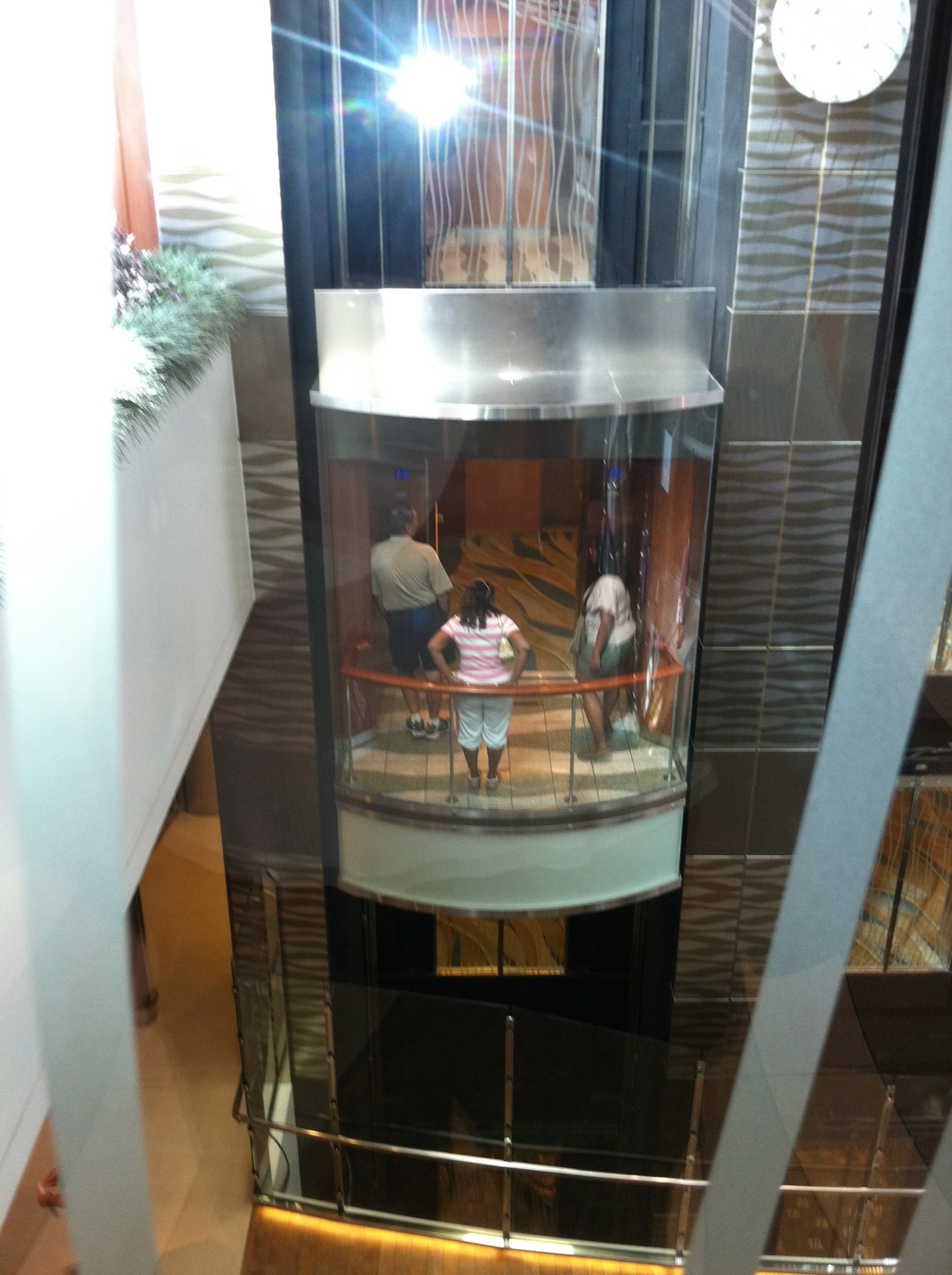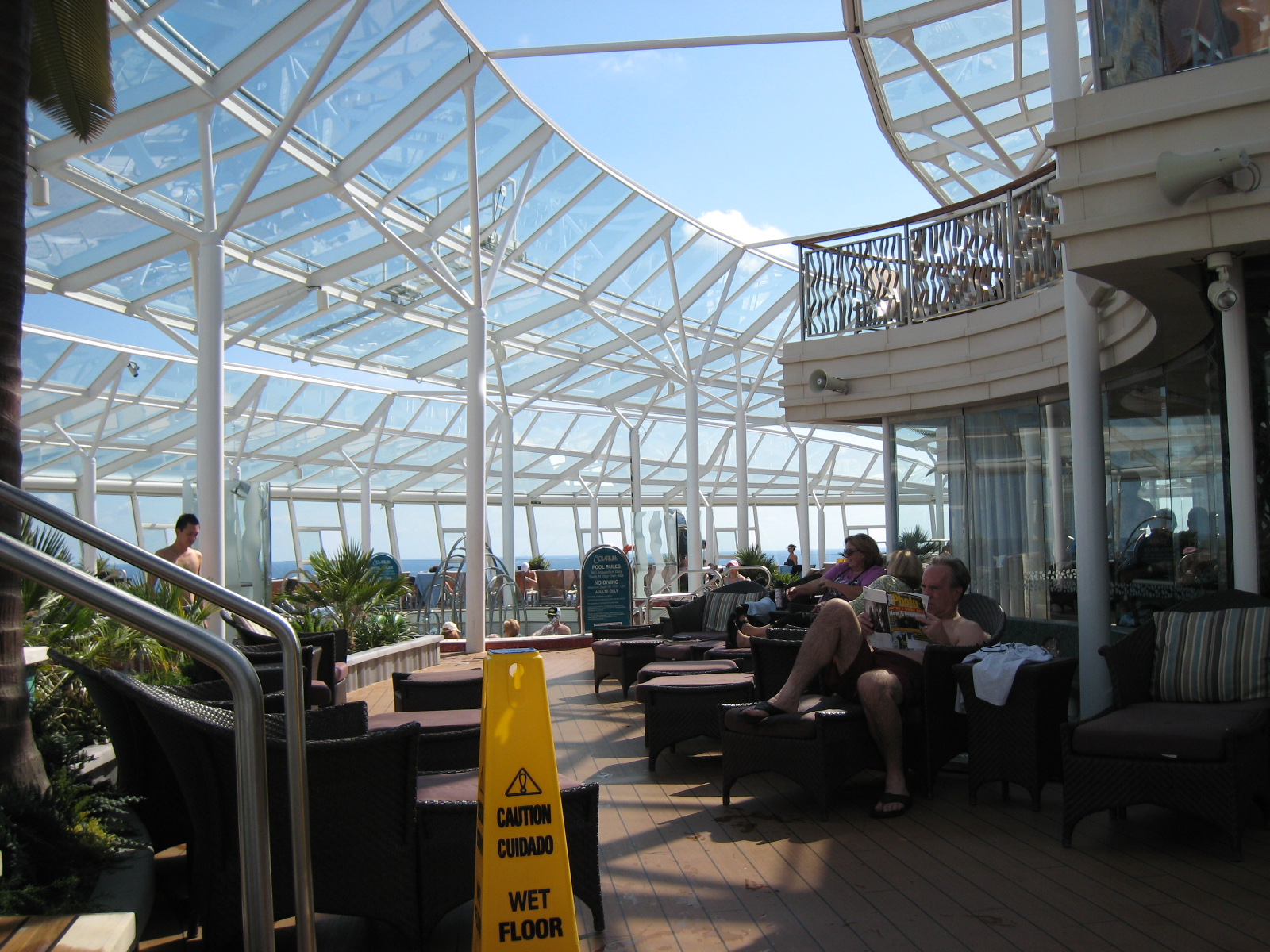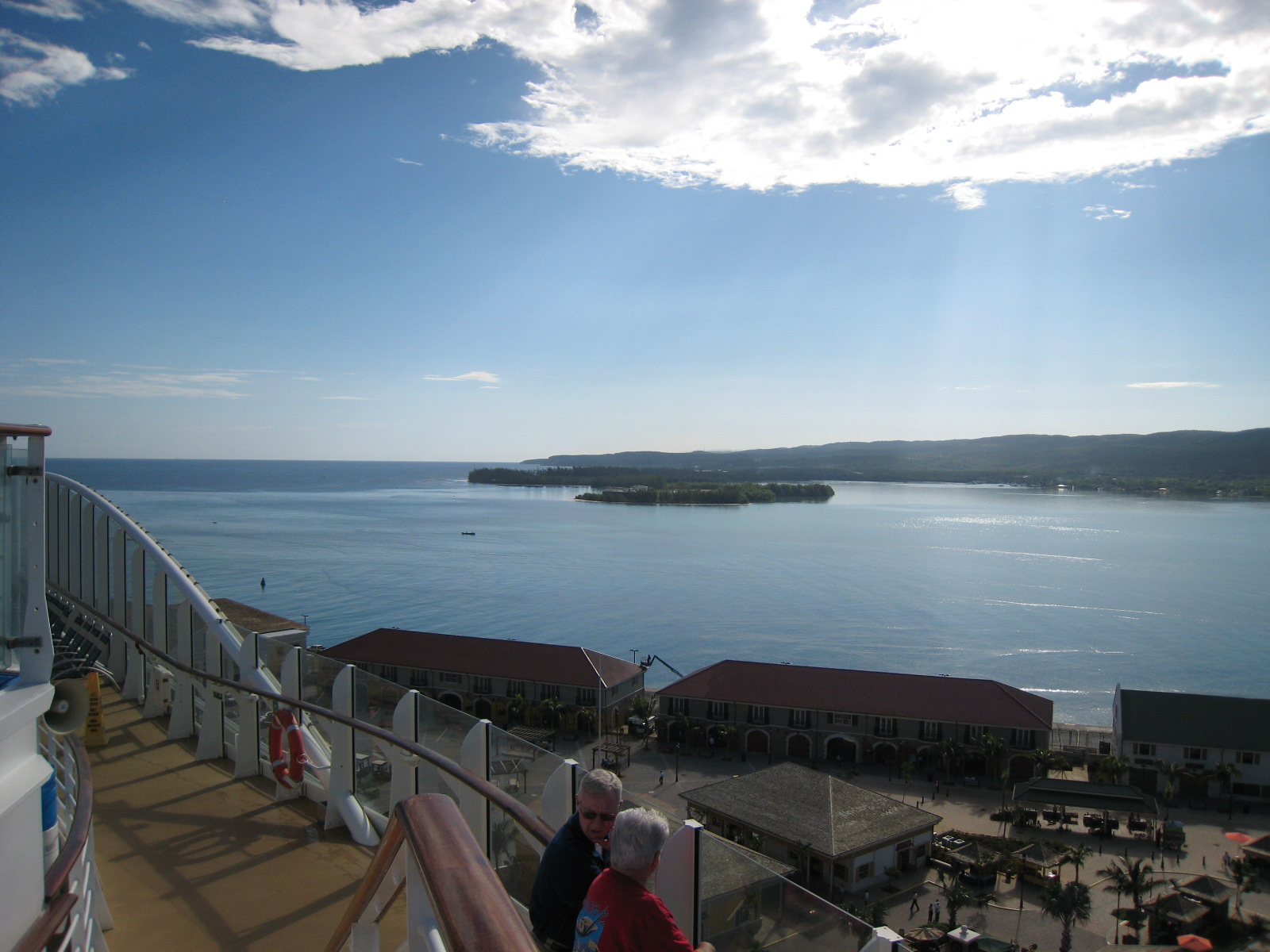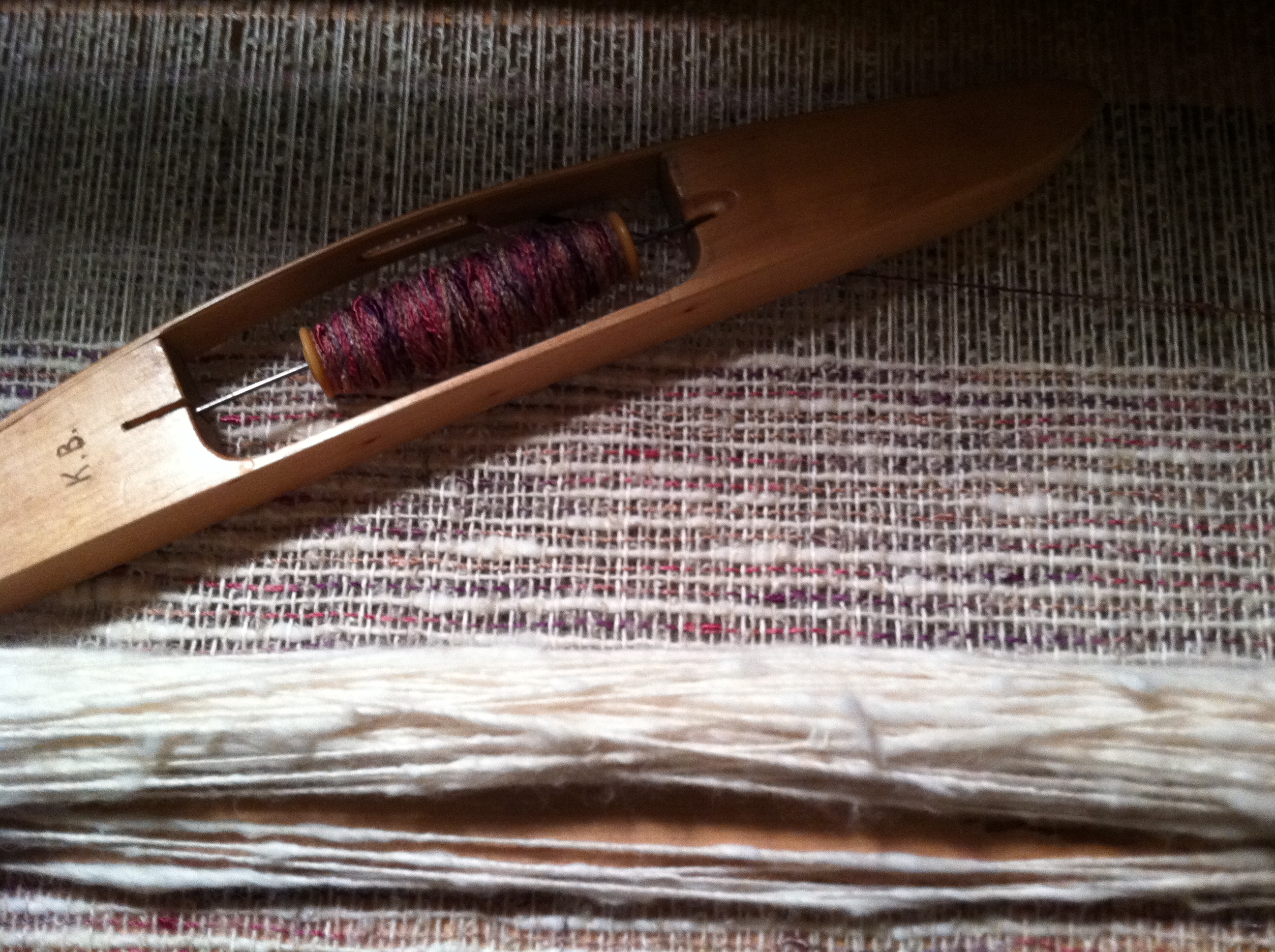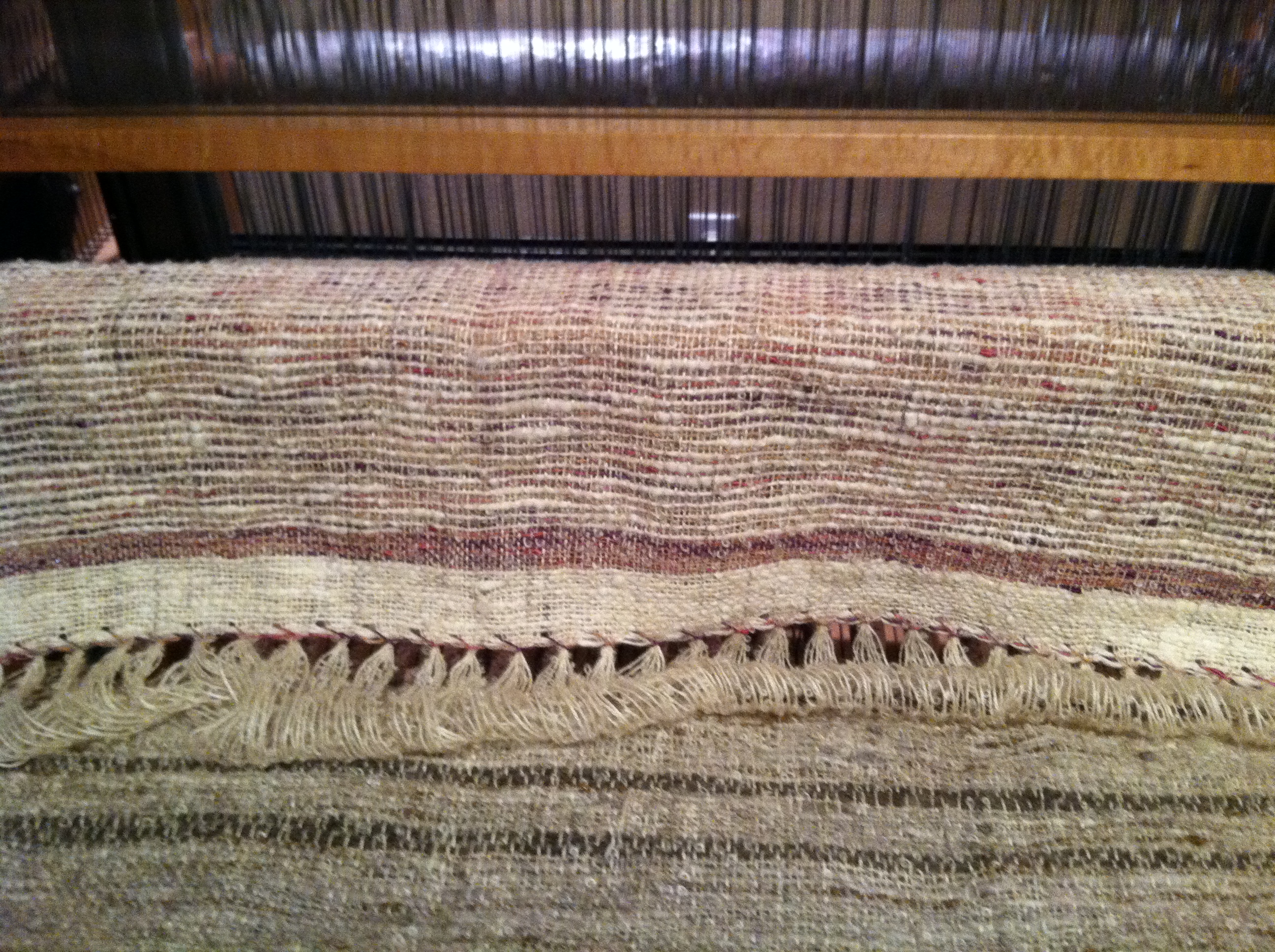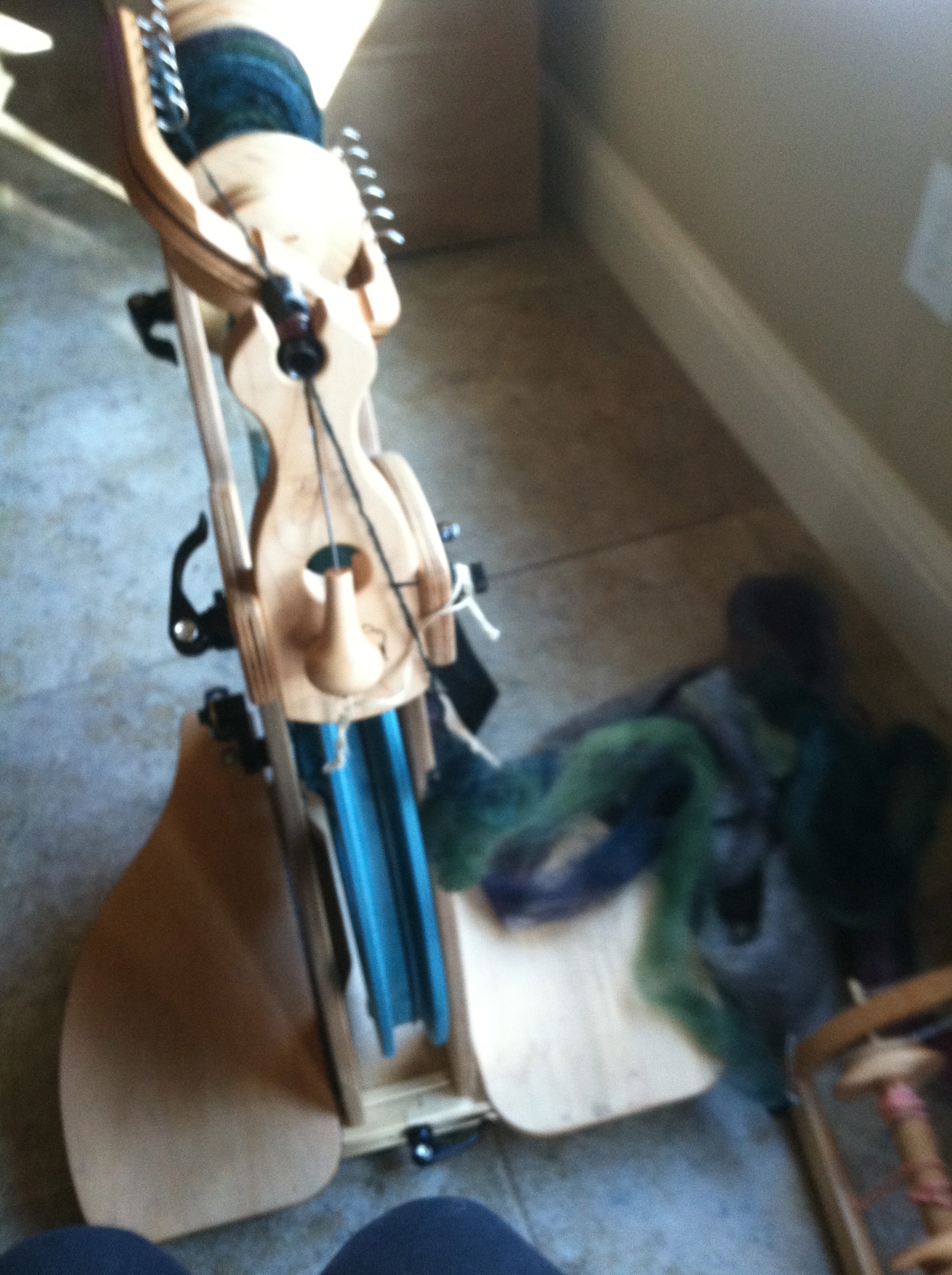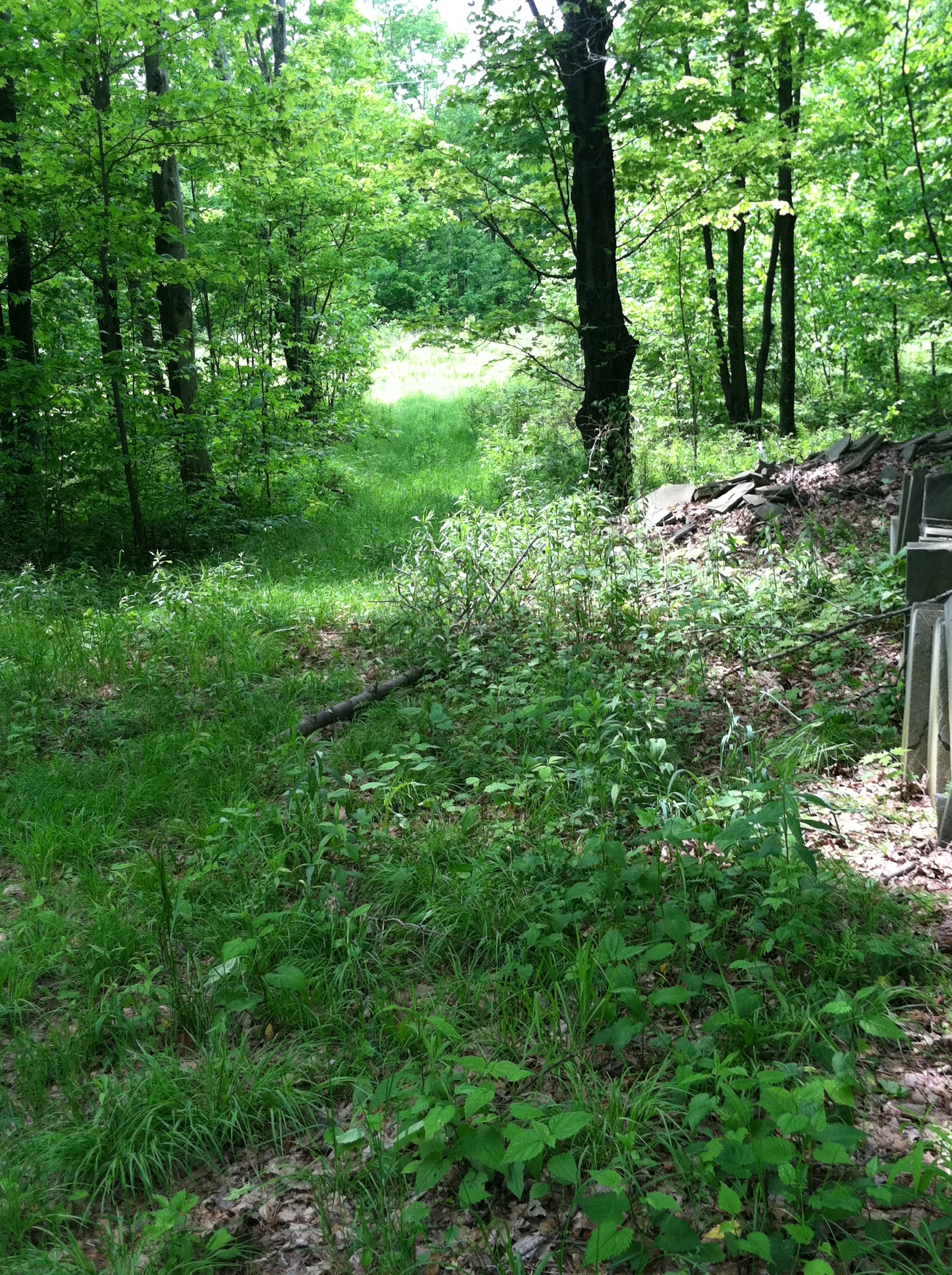“Many of the great achievements of the world were accomplished by tired and discouraged men who kept on working.” – Unknown
This would certainly be a good description of Dr. Bart Barlogie and his “team” of researchers at UAMS.
One of the most intriguing things to me about going there for consultation, was that among the many diagnostic tests you go through, you are also subjected to a gene array aspiration, done along side the bone marrow biopsy. Just another poke and oh, by the way, can we take a little more and send it up to the tissue bank at NIH? What the hell? Why not!
There is a great article by Sean Murray (blogger of Myeloma Youreloma) at The Myeloma Beacon, on all the tests (and I think there are more than he listed) you go through when you arrive for a week long consultation process at Little Rock, (article here).
 If you have had a cursory interest in news stories over the years on DNA, you know that the trend in many medical mysteries is leaning in the areas of looking for patient’s particular disease characteristics in their DNA. This is old news at UAMS, and only this past year did a news story bubble to the surface that oncology researchers were beginning to focus on DNA characteristics of cancer patients to see if they could learn more. Why does one breast cancer patient respond well to treatment and another doesn’t? What is different about them, drilling down deeper and deeper into the nuances of a disease.
If you have had a cursory interest in news stories over the years on DNA, you know that the trend in many medical mysteries is leaning in the areas of looking for patient’s particular disease characteristics in their DNA. This is old news at UAMS, and only this past year did a news story bubble to the surface that oncology researchers were beginning to focus on DNA characteristics of cancer patients to see if they could learn more. Why does one breast cancer patient respond well to treatment and another doesn’t? What is different about them, drilling down deeper and deeper into the nuances of a disease.
While I was relieved and excited to see that finally others were working in this area, I was, well, what… I don’t know… but the fact that Dr. Barlogie has been doing this for well over a decade, made me realize that it will be a frustratingly long time before these other researchers know what to make of the data they are collecting, not too mention just getting it collected, tested and then evaluated. Sigh… Well, the good news is, they are getting on board and they are starting. So I’ll take that as a great breakthrough for all cancer patients. (Again, another reason for me to URGE you to treat your disease at a researching facility! – see my article in the sidebar if you haven’t already.)
High-Risk and “Ultra” High-Risk
So what has Barlogie learned… in his years of digging into our bone marrow (repeatedly), and analyzing what he calls “tumor markers”? First of all, he no longer considers cytogenic testing (what most of us get outside of Little Rock to determine high or low risk myleoma) of much use to him in treating his patients. Chromosome deletion is nothing more than something to know in Little Rock. It is no longer viewed as a determining factor in your High or Low Risk category. UAMS doesn’t find it difficult to get a positive response to treatment from its patients with these chromosome abnormalities. This is big news folks. But he has further categorized MM patients. You have Low-Risk MM patients and now we have TWO High-Risk categories, High-Risk and “Ultra” High-Risk. In the Ultra High-Risk he is looking currently at 14 of the high risk tumor markers identified (I think there are 17 so far in total), that make this patient unresponsive to treatment. Whereas, another in the High-Risk group, does respond to treatment. Why? He is always asking “Why?”
 For the Low-Risk MM patients (which is approximately 80% of those newly diagnosed), its pretty straight forward what is done in Little Rock and the survival numbers are impressive (Myeloma Briefing Fall 2009). Dr. Barlogie is more and more focused on the high-risk groups in his research these days. He is like a dog with bone, and thank goodness for that. He has a great team of nurses, doctors, administrative support, researchers and colleagues, that are all working their piece of the puzzle of this “thing” called Multiple Myeloma.
For the Low-Risk MM patients (which is approximately 80% of those newly diagnosed), its pretty straight forward what is done in Little Rock and the survival numbers are impressive (Myeloma Briefing Fall 2009). Dr. Barlogie is more and more focused on the high-risk groups in his research these days. He is like a dog with bone, and thank goodness for that. He has a great team of nurses, doctors, administrative support, researchers and colleagues, that are all working their piece of the puzzle of this “thing” called Multiple Myeloma.
So without further comment from me, check out the story at UAMS.
The Hemotology Oncology Today story on this.










